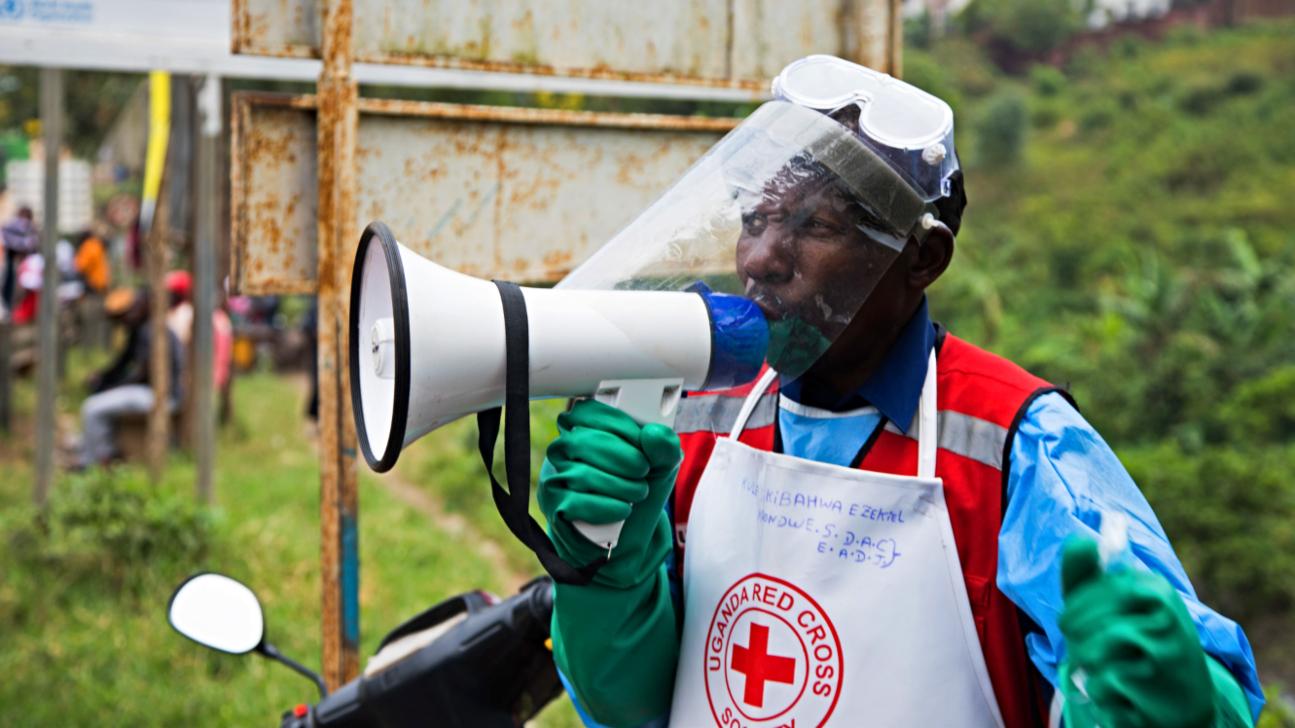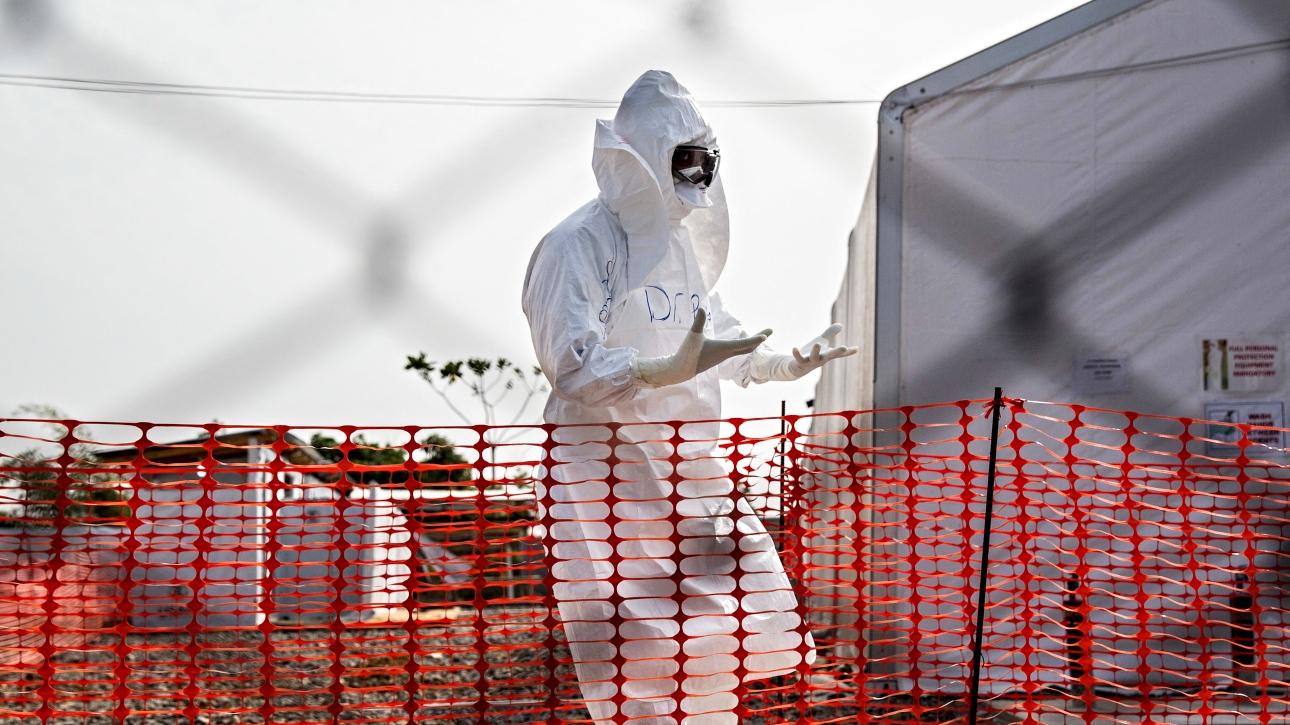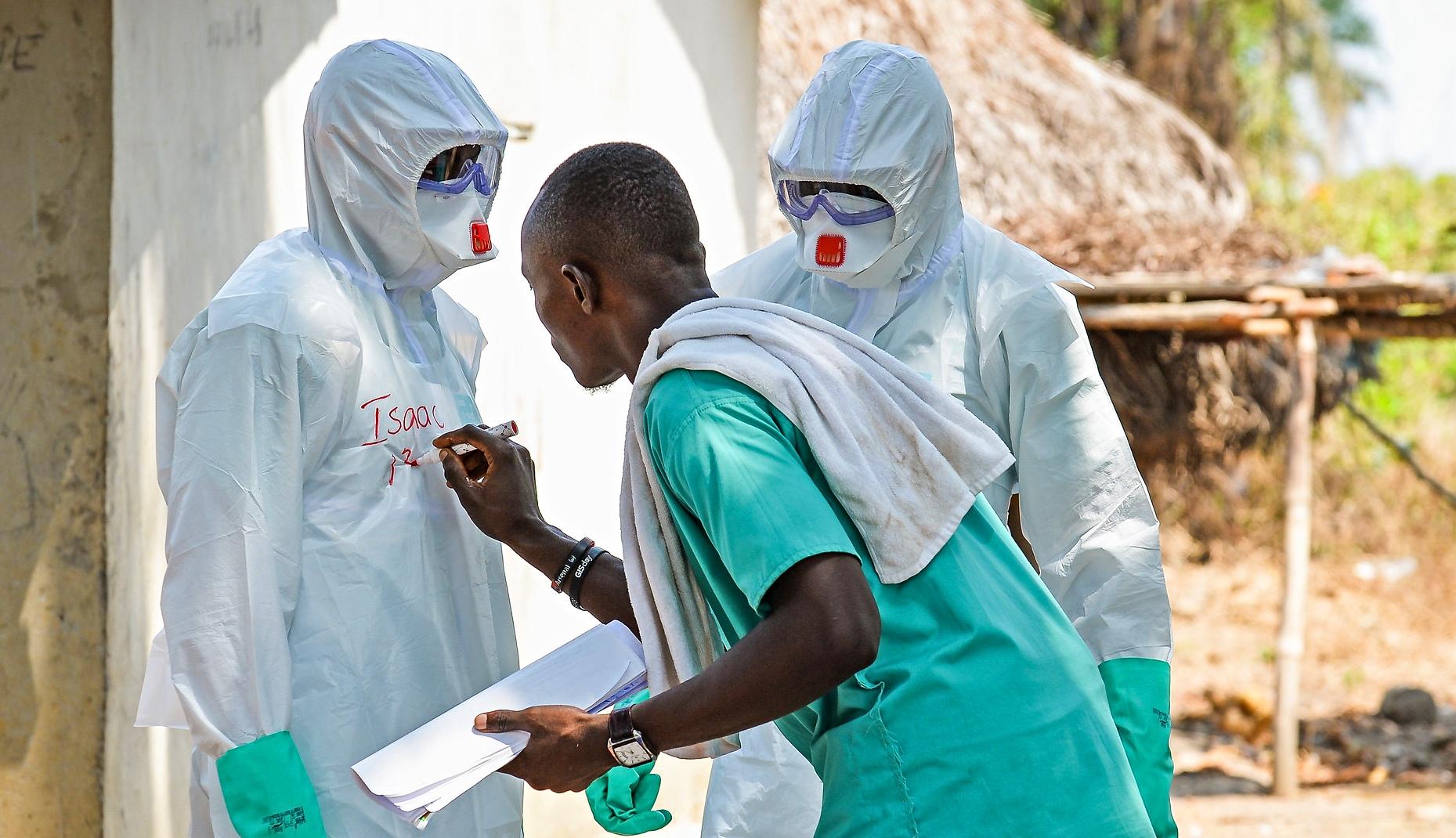The British project of repatriating freed slaves in the ‘Province of Freedom’, now known as Sierra Leone, can be linked to development challenges facing the country today. But the utopia sought and presented at the time was always destined for failure, given the commercial slavery links still operating in the region and the hostile environment the British had themselves created.
Sierra Leone, initially known as the ‘Province of Freedom’, was a colony founded by British abolitionists who believed the African Diaspora could be re-settled in Africa. A contradiction was at the core of the endeavour, however, since the very beginning: while the proposal was met with great enthusiasm by the British population and received financial support from the government, European political powers, particularly the British Empire, were still heavily involved in the slave trade.
Slave-trading was the largest economic activity in West Africa at the time and many local ethnic groups were part of the human traffic network, both as facilitators and victims. The former slaves who returned to their homeland, hoping to settle and live freely, faced this harsh reality of their new territory, and the freedom they had gained not so long ago was again under threat.
Great Britain’s slave trade in the 18th century
As the British Empire grew in naval power and conquered continental North America, territories in Asia and several islands in the Caribbean, it became the leading slave trader among the European nations. This was a position held previously by the Portuguese. For the British, slaves were the main labour force in the sugar cane and tobacco plantations located in their colonies in the Americas, and Britain was responsible for transporting 3.5 million African slaves to the ‘New World’, a third of all victims of the transatlantic slave trade between 1670 and 1833, the year when slavery was completely abolished in the British Empire.
While British merchants and plantation owners in the Caribbean profited greatly from the slave trade and labour, abolitionist movements in Great Britain grew strong, and some prominent figures from London’s elite including clergy and Quakers were attracted to the cause. These groups stood against slavery and European involvement, protesting publicly. British Law eventually answered their calls, though in a slow and ambiguous way.
In 1772 a court ruled that slavery was not part of English law; thus, it was prohibited in Great Britain. But the decision did not apply to British overseas territories where most of the slaves owned by British citizens lived. True, slavery was abolished in English territory, but slave labour was still the cornerstone of British overseas colonies, and the Empire continued to be heavily involved in the trade for several more decades.
The foundation of Sierra Leone
In 1772, a large number of slaves brought to England to work in domestic households were liberated, largely from the homes of absentee British plantation owners in the Caribbean. They were termed London’s ‘Black Poor’, along with African-Americans who served the British Army in the American Revolution (Black Loyalists), living in London in difficult conditions. Although no reliable data exists, it seems that around 15,000 black people were living at the time in Britain.
In 1786, the Committee for the Relief of the Black Poor proposed a scheme for repatriation to a territory in Africa where they could be free and govern themselves. High hopes were set, and the British Treasury fronted the project and provided other materials such as clothes, tools and weapons for the settlers. Though the effort received official support from the British authorities, the reasons impelling it were probably a ‘poisonous combination of hypocrisy and bigotry’. Accordingly, the objective was to rid Britain of black people, as they were seen as a threat to the purity of the white race.
On 10 May 1787, English ships anchored on the coast of Sierra Leone in an area then called ‘Frenchman’s Bay’. Aboard were 380 free black ex-slaves ready to found the Province of Freedom where ‘they could become architects of their own destiny’. Ahead was not an easy task: despite their recently acquired freedom, many of the former slaves were born on plantations with little or no education, with only fragments of English to communicate with their ‘masters’. They were newcomers to African lands, like the few Europeans who travelled with them.
Chiefs of the west African Tenme ethnic group first negotiated with the abolitionists and sold the land of this first settlement, specifically Chief Tom. Disputes over the territory emerged shortly after: local communities sold war captives and prisoners from neighbouring tribes to European traders in exchange for goods, weapons and money. Many of the freed slaves intending to live and rule in the newly utopian community were consequently caught and sold again into slavery, while others turned from slaves to slavers. Many ended in the busy British slave-trading depot on Bunce Island, twenty miles above modern Freetown, one of the major slave trading operations in the region.
This first colony only lasted approximately two and a half years, decimated by disease, hunger and hostility from its neighbours. Granville Town, the first settlement, was burned down in 1789 by the local Temne suzerain, King Jimmy, who was Chief Tom’s successor.
Britain in the aftermath of failure
In the years that followed, the British took control of the territory and made efforts to save the colony of its initial failure. Granvilletown was founded around the area now known as Cline Town, near Fourah Bay, by the remaining settlers. Additionally, in 1792, nearly 1,200 Black Loyalists – who were given land in Nova Scotia, Canada, where they faced racial discrimination and harsh winters – crossed the Atlantic with official support by the Empire to build Sierra Leone’s second colony and the settlement of Freetown. A third group of freed slaves, the Maroons, travelled to the Sierra Leone colony from Jamaica in 1800. Finally, over 85,000 African recaptives were forcibly relocated to Freetown by Royal Navy anti-slave trade patrols after the official British slavery abolition in 1808. By the late 19th century, settlers and re-captives were becoming part of the Krio ethnicity often called Creole.
Following the first colony, the waves of migration by freed, re-captured and liberated slaves could be characterised as all being subjects of the British Empire. If the initial settlers were trapped between the commercial relationships based on slavery local tribes had with European powers, the next arriving ‘former’ settlers arrived in a colony where they did not have political, social or economic freedom as it was originally foreseen. Many of the initial settlers became slavers of the ‘formers’.
From ‘utopia’ to Sierra Leone today
Today, Sierra Leone’s political and social institutions remain fragile, and the country continues to face the difficult challenge of implementing much needed structural reform. The protection of property rights is weak, the judicial system does not meet adequate standards of independence and neutrality, and development indicators with regards to education, health and living standards of the population are weak.
While Sierra Leone’s colonial history has been extensively linked to the country’s high levels of poverty and long history of conflict, the initial years of its creation as a modern state have been often overlooked as a potential cause. The perverse commercial relationships the Europeans had with the local communities was an obstacle impossible to overcome, and the enterprise of implementing the Land of Freedom could hardly survive in such a hostile environment, much less so prospering and becoming the utopia dreamt by many.
Photo by Slava on Unsplash






This information was written well and appreciated. It was very insightful and gelped me better connect the dots of my history.
The maroons were not freed slaves. They were free men deported to Sierra Leone.
Quote:
‘Though the effort received official support from the British authorities, the reasons impelling it were probably a ‘poisonous combination of hypocrisy and bigotry’. Accordingly, the objective was to rid Britain of black people, as they were seen as a threat to the purity of the white race.’
You use the word ‘probably’. Not factually then?
That is a a very strong biased opinion that you have inserted into your article. Unprofessional.
The final group of settlers to Freetown were the recaptives, not the receptives.
Like DT Smith, I object to the categorization of the Trelawny Maroons as Freed Slaves. They had just a fought a second war with the British colonial troops with zero losses on their side. When the five Maroon groups on Jamaica were united the British were forced to sign a peace treaty with them in 1739/40.